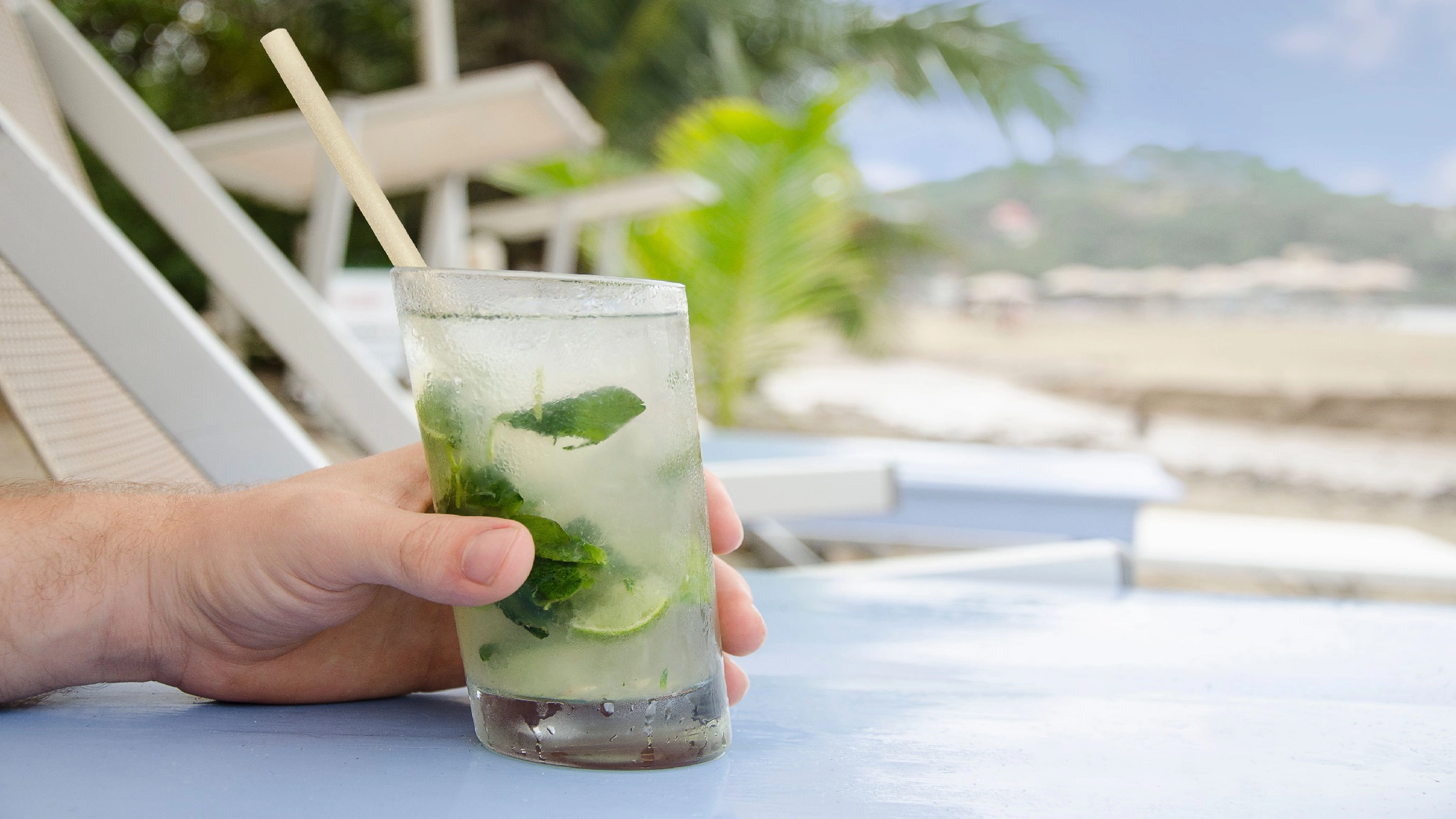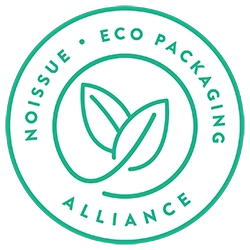More alternatives to plastic products! Buy edible straws, and start making a difference

More alternatives to plastic products! Buy edible straws, and start making a difference
As the world struggles with the plastic disposal problem, companies are popping up everywhere that combine the past and the future for some wonderful, eco-friendly products. From pumice stones to tea tins and wooden chopping boards, here are some more plastic alternatives.
Flewid Friendly produces biodegradable pasta straws, and we’re always interested in learning about the ways various businesses are helping the environment. You can buy edible straws here, or read more blog posts here.
Plastic alternatives: skincare and cosmetics
Here are some plastic alternatives that you can use in your skincare and beauty routine. They’ll be a nice little upgrade, and most of these last much longer than their plastic counterparts.
1.Makeup brushes
You can get wood handle brushes that have boar, horse or goat hair bristles. These are completely natural, and they look gorgeous. They’re also easier to clean than the usual plastic brushes, and they’ll last fairly long if you take good care of them. High-quality brushes can easily last a lifetime if you treat them well.
2.Reuse makeup containers
This isn’t for everyone, but if you don’t mind doing a bit of work to make some savings, you can reuse your makeup containers by making your own makeup! Making lip balm, pressed powder, lipstick and even eyeliner is fairly easy, and you’ll find lots of tutorials online.
3.Natural exfoliation products
Pumice stone, luffa sponges and washcloths can completely replace plastic loofahs and brushes, when it comes to exfoliation. You want your skin looking happy and healthy, but for getting that result, try and use all-natural products! The luffa is a fruit you can grow in your very own backyard, if you live in a suitable zone.
4.Sea sponge instead of beauty blenders
Beauty blenders are smooth and perfect, but they can cost a fair bit – and they’re completely synthetic. Sea sponges are naturally available products that you can use instead. They aren’t as smooth as beauty blenders so it’ll take some getting used to, but companies such as Mehron and Manicare provide high quality products that help you apply makeup perfectly.
5.Hair removal products
A reusable razor works for most of us, but if you prefer to go the extra mile and wax your body hair, make your own wax with some honey, sugar and water, and instead of store-bought strips, use strips of cloth. Just make sure the cloth isn’t too old, because if the material has degraded, it may tear mid-pull. Yikes!
To help the planet, buy as little plastic as possible, and switch to natural products when you can. To support our company, you can buy edible straws here!
Plastic alternatives: in the kitchen
The kitchen is another place where you should be using less plastic. Sadly, we depend on the synthetic material to a point where we often can’t imagine alternatives. Here are some examples to get your mind started, but generally, when thinking of plastic alternatives, think of things that’re made of wood, bamboo, glass, or metal.
1.Wooden spoons
Instead of using spoons and spatulas made using synthetic products, use a good old wooden spoon. They’re gorgeous, they come treated with various substances that make them stain resistant and safe, and they’ll last for years. When choosing wooden spoons, however, pay attention to quality. Unpolished wood will not only disintegrate quickly, but it may also contaminate your food. Spoons that are poorly polished may crack and shed bits of polish into your food.
2.Metal strainers
Get metal strainers for your coffee and other beverages, and metal colanders for pasta and rice. They’re comfortable to use, dishwasher-friendly, and they’ll last forever. Here’s a handy tip: if there’s some stubborn dirt stuck in your strainer and you can’t seem to scrape it out, just place it over a flame for a second, and it’ll burn off!
3.Glass containers for coffee
Instead of using coffee pods, you can buy coffee beans (or bulk-buy coffee powder), and store it in a glass container. You’ll need to use a dry spoon, and when the humidity is high we recommend moving a small amount to a smaller container, so the whole lot doesn’t start to go bad. Apart from remembering these two things, there’s nothing much else you need to do.
4.Tea in tin jars
Buy tea in bulk so they come in a compostable packet (or you can bring them in your own container), and store them in tin jars – traditionally called ‘tea tins’. These look gorgeous, keep the tea clean and moisture-free, and they help you cut out quite a lot of unnecessary plastic, if you drink tea regularly. If you like mint tea, grow some mint at home and add in fresh leaves everytime! Mint grows like a weed.
5.Wooden chopping board
A chopping board made of wood will last for years, if not decades. You can wash and reuse it, you can sand it, polish it and oil it, and it’ll perform all the better. Wooden chopping boards do require a little bit of care initially, but you’ll quickly realize that it’s very much worth the effort. It feels good to use, it’s easy to handle, it’s eco-friendly, and it’ll last for years and years, during which time you would’ve worked through half a dozen plastic chopping boards.
6.Edible straws
You can buy our edible straws, and use them whenever you’re having a relaxing drink (like that mint tea we mentioned earlier, or perhaps a mojito). Plastic straws are single-use items that create a huge problem for marine creatures, but our biodegradable straws will decompose quickly once tossed outside, or the local wildlife might enjoy them!
Get rid of plastic: more tips
While the following tips aren’t alternatives as such, we wanted to include them in this article because our goal with this blog isn’t to list bullet points that people should go out and do, but to provide examples that help people think along parallel lines, and discover ways to use less plastic. Here you go!
1.Unsubscribe from mail
A lot of mail comes in little windowed envelopes or glossy ones, and these all contain plastic. By receiving mail you aren’t just accumulating junk and wasting your time, you’re actually consuming (and throwing out) plastic – even if it’s involuntarily. So, take the time to unsubscribe from all junk mail. It’ll take a couple minutes at most, and it’ll make your mailbox a lot more manageable.
2.Buy products that come without plastic
If you order items online, it’s easy to find out whether a product will arrive in plastic-free packaging. When you buy edible straws from us, for instance, you get it in a fully-compostable package. Since online shopping websites tend to use a lot of plastic in their delivery boxes, you can try to slowly shift to buying locally. Incorporate grocery store trips into your regular routine, so you don’t have to go out of your way to buy something.
3.Buy reusable plastic
It’s very, very hard to not buy plastic altogether, but one thing you can do is look out for plastics that you can reuse at home. If you’re buying something like cocoa powder, for instance, buy some that comes in a sturdy, conventionally-shaped container (e.g., Hershey’s). It might look a little less appealing than a nice glass jar, but if it’s going to be tucked inside a cabinet, that doesn’t really matter, does it?
4.Recycle plastic
Most counties in USA and Canada recycle hard plastic. That means containers of shampoo, butter, spices, bottles of water, and many other little things. You’ll need to clean and dry them before you put them in the recycling bin, however. Find out what items your county accepts, and make sure you recycle those if you can’t reduce or reuse – the three Rs do come in that order, after all.
5.Spread the word!
Educate others about the problems caused by plastic, and you’ll exponentially increase the change you bring about. Word of mouth is a powerful tool used in advertising, and used for education, it could be a still more powerful tool. If you’ve discovered easy and cost-effective ways to use less plastic, share them with your neighbors, friends, and family. Just remember, however, that the person you’re talking to has to be interested in the subject. Not everyone cares about the environment – which is a sad fact we must accept.
Buy edible straws from Flewid Friendly
We have pasta-like straws that you can use in drinks – whether hot or cold. These are made using rice flour and cassava flour, and they are completely safe to eat. However, if you choose to not eat them, you can just toss them onto the compost heap, or even throw them in the trash, and they’ll decompose quickly.
We decided to create biodegradable straws because we wanted to help reduce the number of plastic straws that were being used around the world. Plastic straws are tiny objects, but they’re a huge problem for our marine creatures – who often end up consuming bits of them.
You can buy edible straws directly from our website by clicking this link. We also sell them on Amazon, so you can add them to your cart and get them with your other items. Our straws are non GMO, gluten-free and BPA free. For more information, visit the page linked above.

